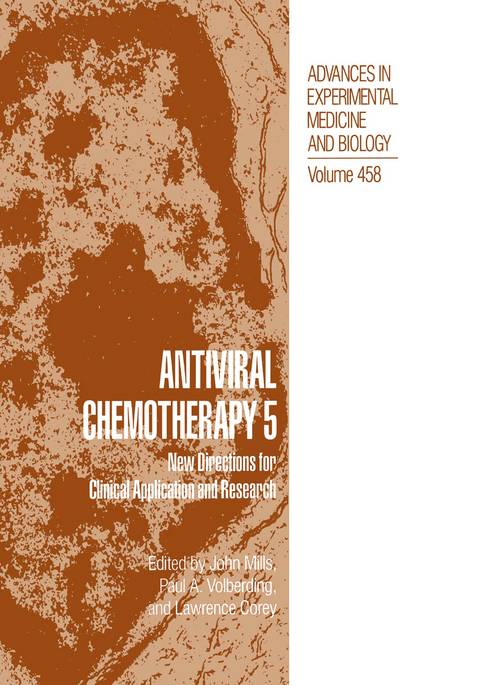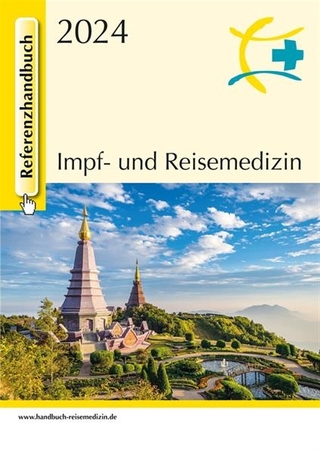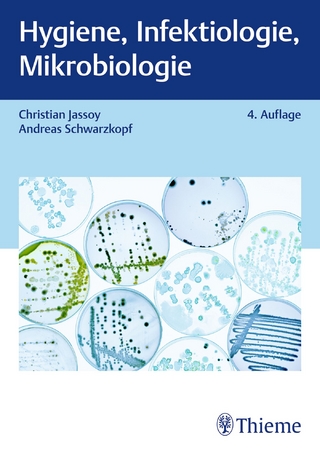
Antiviral Chemotherapy 5
Kluwer Academic/Plenum Publishers (Verlag)
978-0-306-46107-1 (ISBN)
1. Overview of HBV Therapy.- 2. Lamivudine Therapy of Chronic Hepatitis B.- 3. Famciclovir Update: Chronic Hepatitis B.- 4. Current Status of Antiviral Therapy for Chronic Hepatitis C.- 5. Prevention and Treatment of Respiratory Syncytial Virus Infections.- 6. Update on Influenza and Rhinovirus Infections.- 7. Pleconaril: A Broad Spectrum Antipicornaviral Agent.- 8. Management of CMV Infections in HIV-Infected Patients.- 9. Management of Cytomegalovirus Infections in Blood and Marrow Transplant Recipients.- 10. Cidofovir: Review of Current and Potential Clinical Uses.- 11. Oral Ganciclovir.- 12. Development of Novel Benzimidazole Riboside Compounds for Treatment of Cytomegalovirus Disease.- 13. Famciclovir/Penciclovir.- 14. Valaciclovir Update.- 15. Therapeutic Approaches to the Management of Herpes Zoster.- 16. Management of Varicella-Zoster Virus Infections in Children.- 17. Failure of HIV-1 Protease Inhibitors to Fully Suppress Viral Replication: Implications for Salvage Therapy.- 18. New Reverse Transcriptase Inhibitors.- 19. HIV Viral Load Monitoring.- 20. Post-Exposure Prophylaxis for HIV.- 21. Antiretroviral Therapy in Primary HIV.- 22. Initial Treatment for HIV Infection: When, Why, and with What?.- 23. Strategies for Second-Line Antiretroviral Therapy in Adults with HIV Infection.
| Erscheint lt. Verlag | 31.3.1999 |
|---|---|
| Reihe/Serie | Advances in Experimental Medicine and Biology ; 458 |
| Zusatzinfo | VIII, 271 p. |
| Verlagsort | New York |
| Sprache | englisch |
| Maße | 178 x 254 mm |
| Themenwelt | Medizin / Pharmazie ► Medizinische Fachgebiete ► Mikrobiologie / Infektologie / Reisemedizin |
| Naturwissenschaften ► Biologie ► Mikrobiologie / Immunologie | |
| ISBN-10 | 0-306-46107-2 / 0306461072 |
| ISBN-13 | 978-0-306-46107-1 / 9780306461071 |
| Zustand | Neuware |
| Haben Sie eine Frage zum Produkt? |
aus dem Bereich


